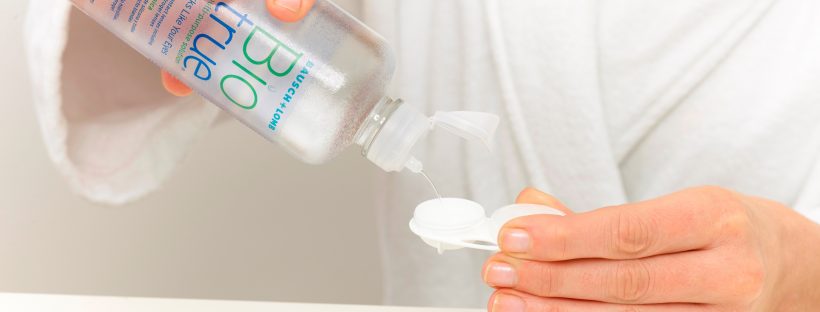Summary: There are pros and cons to both lens types. The deciding factor should be a culmination of personal preferences, lifestyle choices, and budget.
Making the switch to contact lenses can be intimidating, especially if you’re a first timer. Because technology is constantly advancing and new medical devices being pushed out at a rapid pace, there can be an overwhelming number of options to choose from. Your eye doctor should be the first person to talk to regarding your options. With a little bit of research and due diligence as well, you’ll be able to cater to your personal preferences and whether contact lenses are right for you.
This guide is designed to showcase the differences between hard and soft contact lenses so you can make the best decision for yourself.
Hard Lenses
From its origin, hard lenses started from a basic model and developed into a comfortable and reliable option for those looking for a soft contact lens alternative. The earliest types of lenses were replaced by plastic and is now known as Rigid Gas Permeable (RGP) contact lenses. Designed from specially enhanced silicone polymers, these contacts provide your eyes with a steady stream of oxygen, so breathability shouldn’t be much a concern with these products. Moreover, their rigidity also makes them durable enough to withstand pressure and contact.
The main drawback to these lenses, however, is their level of comfort. They may take longer for the wearer to get accustomed to them when compared to soft lenses. Because they sit directly in the center of the eye, any dust or dirt that gets trapped inside can be irritating and even painful.
Soft Lenses
Soft contact lenses are sold in a variety of different models. Constructed from soft, flexible plastics, these lenses are also doused with a dedicated amount of water to ensure the surface of the eye receives enough oxygen for comfort. Known to be the more convenient option with models like Acuvue Vita for example, these lenses can be worn for weeks at a time or as little as a day – also known as daily disposables.
Monthly disposables are different than your standard dailies and are more common for those looking for something longer lasting. Inserted the same way as you would with the latter, instead of throwing them away at the end of the night, you remove them and clean them with the appropriate solution. While the drawback to soft contact lenses are the high prices, there are some suppliers like Lens.com for example that offer competitive prices and even discounts on all of your favorite brands.

